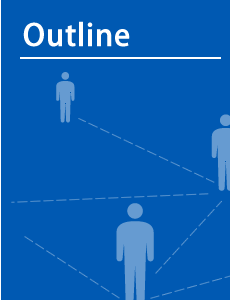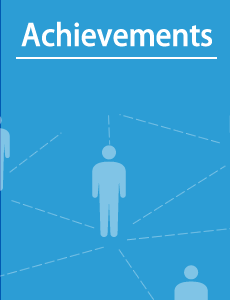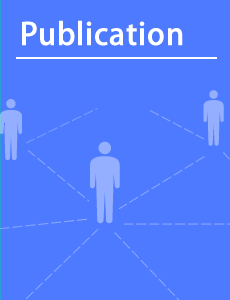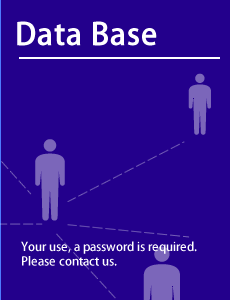Standard Measurement Items
At present (October 2013) there have been four years of panel data has been registered, and this data has kept records on 10,000 laborers from domestic workplaces. A comprehensive questionnaire has been used to measure individual attributes, socio-economic factors, occupational stress, and public health behavior. Occupational stress is being measured by internationally established questionnaires such as the traditional level of demands and control model, the recently noticed imbalance of work vs. reward model, the unfairness of the organization and the level of work engagement. In workplaces where it is possible the WEB version of the WHO internationally integrated diagnosis interview is being used to assess the onset of anxiety disorders and severe depression. Furthermore, the biological markers that can potentially link stress and physical ailments are being measured at the time of a physical examination. In almost all of the workplaces physical examinations are being used to measure blood pressure, height, weight, girth of abdomen, blood test values (blood sugar, HbAlc, and blood born lipids). Additionally, in workplaces where it is possible the object sleep indicators (that use stress related genetics, inflammation markers, and actiwatches) are being measured.
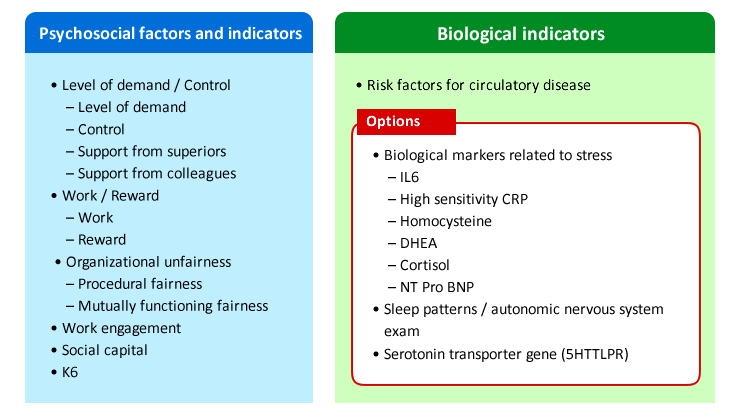
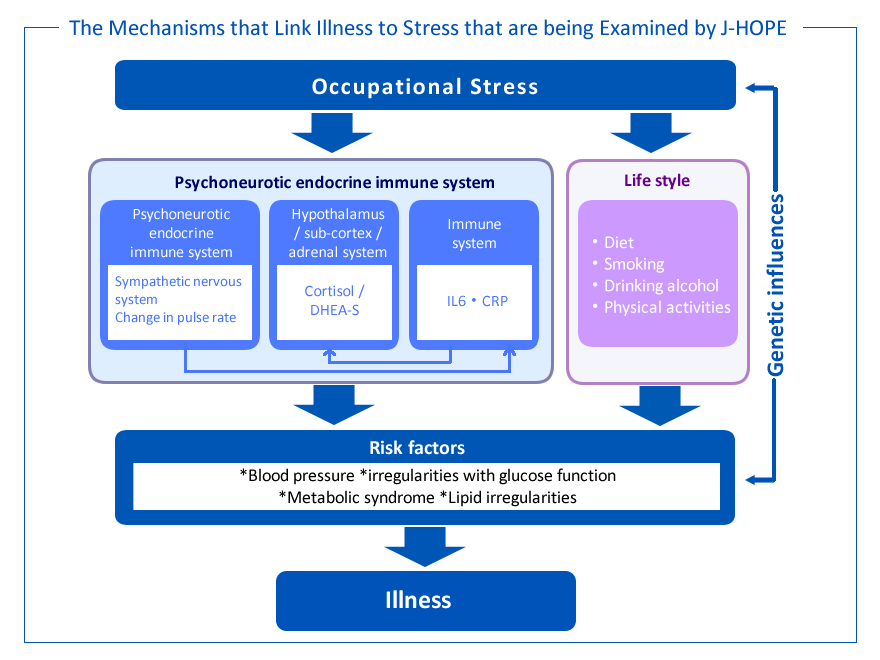
Future Plans
J-HOPE has already collected a large-scale amount of multipurpose panel data on laborers (10000 people) over the past four years of record keeping. It plans to continue this tracking for another four years. J-HOPE plans to investigate the influence exerted on health outcomes (circulatory disease, cancer, overall mortality and suicide) on Japanese people by occupational stress factors that include new models. Moreover, it is the objective of J-HOPE measure and clarify biological markers (including polymorphisms) and the mechanisms whereby the process in which occupational stress causes health conditions is mediated and buffered.
What are Expected from this Research
- An examination of the Impact that occupational stress and socio-economic factors like education and income have on laborers' health.
- It is possible that the genetic variations that are vulnerable to the harmful impacts of occupational stress will be clarified and that the effects of occupational stress will be impacted.
- Using the panel date structure, it is possible to clarify not only the influence exerted on biological markers by occupational stress but also to clarify if there is any influence exerted on psychological stress by biological markers in the reverse direction.
- Moreover, it is hoped that the results of this research will make contributions to the establishment of futuristic preventive methods for health disorders due to occupational stress. These contributions will take place through the drafting of preventative plans for a variety of stress factors for groups and will take place for individuals by giving health guidance and medical interventions for different genetic predispositions.

